The Prosencephalons is part of the central nervous system and consists of the cerebrum (telencephalon) and the interbrain (diencephalon). In the three-vesicle stage of early embryonic development, the prosencephalon represents one of the three primary cerebral vesicles.
What is the prosencephalon?
The prosencephalon (forebrain) includes two large anatomical subunits: the cerebrum (telencephalon) and the interbrain (diencephalon). Together they represent a significant part of the brain mass.
The use of the term “prosencephalon” in connection with embryonic development is particularly common when the individual brain areas are not yet differentiated. At the beginning of development, the precursor of the brain consists of the anterior neural tube, which divides into prosencephalon, mesencephalon, and rhombencephalon by the fourth week of pregnancy. Medicine also describes this condition as the three-vesicle stage, with the three structures mentioned representing the primary cerebral vesicles.
The prosencephalon then divides into telencephalon and diencephalon, while the mesencephalon remains as such, but later forms additional structures such as the tectum and tegmentum. The rhombencephalon is further differentiated into the hindbrain (metencephalon) and the posterior brain (myelencephalon). Neurophysiology rarely equates the terms “prosencephalon” and “telencephalon” without including the diencephalon.
Anatomy & structure
Telencephalon and diencephalon together form the prosencephalon. The diencephalon also belongs to the brain stem and consists of the thalamus, epithalamus, hypothalamus, metathalamus and subthalamus.
The telencephalon is roughly composed of four areas or lobes, which are the anterior frontal lobes, the middle parietal lobes, the lateral temporal lobes, and the posterior occipital lobes. In addition, the gray and white matter can be distinguished: the latter consists of medullary nerve fibers, while the gray matter mainly contains the cell bodies of the neurons. The cerebral cortex (cortex cerebri) comprises numerous areas that serve higher cognitive functions. Delimited core areas are embedded in the tissue: the basal ganglia.
The phylogenetically youngest area of the cerebral cortex is represented by the neocortex, which consists of six layers of nerve cells, each of which has different functions. The archicortex and paleocortex are older than the neocortex from an evolutionary perspective. Alternatively, the cerebral cortex can also be divided into isocortex and allocortex, where the isocortex corresponds to the neocortex. The subdivision of the cerebral cortex into its individual turns (gyri) and furrows (sulci) is even finer. This highly differentiated distinction is particularly useful in the context of detailed functional investigations.
Function & tasks
The diencephalon plays an important role in the processing of sensory information because it contains functional centers that bring together the corresponding stimuli. Hearing, smelling and seeing are dependent on the diencephalon; it is also important for the development of emotions. In addition, the diencephalon includes sensitive processing centers that are dedicated to both surface sensitivity and depth sensitivity.
The motor cortex, which is responsible for controlling voluntary movements, is located in the neocortex of the telencephalon. Pyramidal and some non-pyramidal cells are located in different layers of the neocortex. Like the diencephalon, the neocortex also contains sensory areas that are responsible for processing sensory stimuli. The association center links emotions and behavior with perception (e.g. environmental stimuli), whereby the processing is highly likely to be based on experience.
As part of the limbic system, the archicortex deals with emotions, learning, memory processes, drive and some tasks of the autonomic nervous system. The hippocampus, which lies within the archicortex, is primarily involved in memory formation; the fimbria hippocampi and the dentate gyrus are also involved in other processes. In the paleocortex, the brain processes olfactory stimuli, which is why neurology occasionally refers to it as the olfactory brain. The olfactory bulb, the olfactory peduncle, the lateral and medial olfactory tract and the olfactory trigonum are crucial processing centers for olfactory perception.
You can find your medication here
➔ Medicines against memory disorders and forgetfulnessDiseases
Since the prosencephalon makes up a large part of the brain, there are innumerable manifestations for disorders. Neurodegenerative diseases are based on the loss of nerve cells and in this way trigger a functional failure in the affected area.
These diseases include Alzheimer's dementia, which usually begins symptomatically with problems affecting the short-term memory. The progressive disease can also lead to agnosia, apraxia, speech and language disorders, apathy and motor disorders. Its exact causes are still unknown. Multiple sclerosis is also a neurodegenerative disease. It is characterized by several foci of inflammation in the brain and leads to the demyelination (demyelination) of the nerve cells. As a result, the neurons lack electrical isolation, which means that information processing suffers.
Ischemic stroke belongs to a different category of neuronal diseases: it is caused by a circulatory disorder that leads to an insufficient supply of the brain. Depending on which artery is affected and to what extent, different regions of the brain can suffer from the effects. Typical symptoms of a stroke include visual disturbances, impaired coordination or balance, disorientation / understanding / word finding / speech disorders, general confusion, neglect, dizziness, nausea, vomiting, swallowing disorders, headaches, paralysis, and numbness. If you have a stroke, you need to act quickly as the brain is increasingly damaged. However, persistent lesions of varying degrees are common.
The prosencephalon can already be damaged during embryonic development: for example, the consumption of cocaine during pregnancy is associated with malformations of the prosencephalon, which primarily affect the median level of the forebrain. Neural tube defects in earlier stages of development can result in serious developmental disorders in which the nervous system does not develop fully.

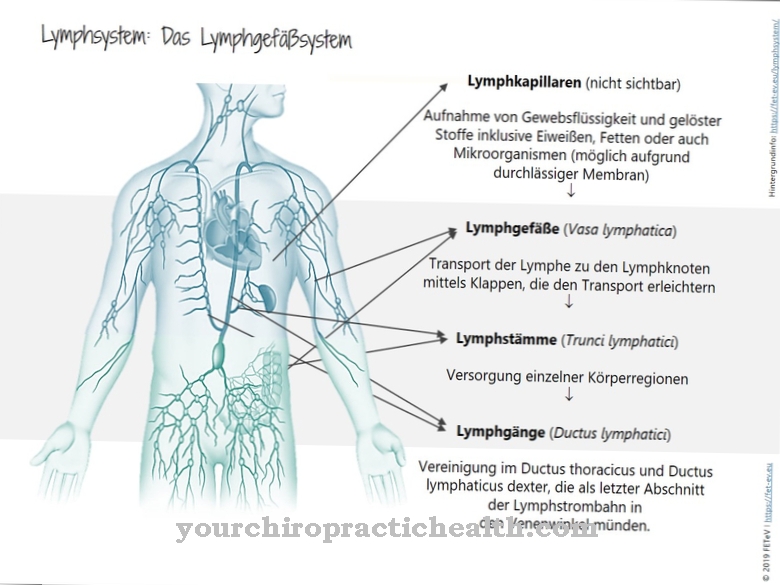
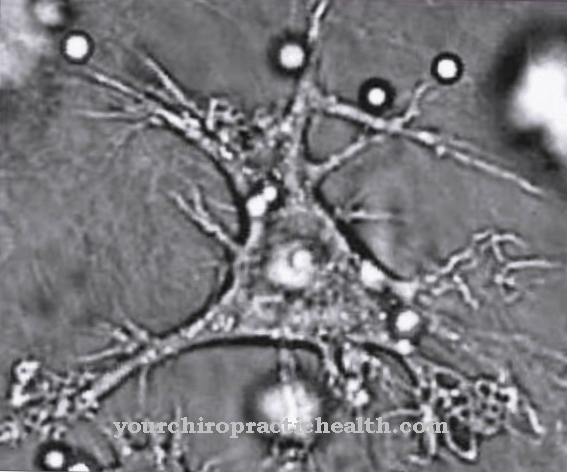

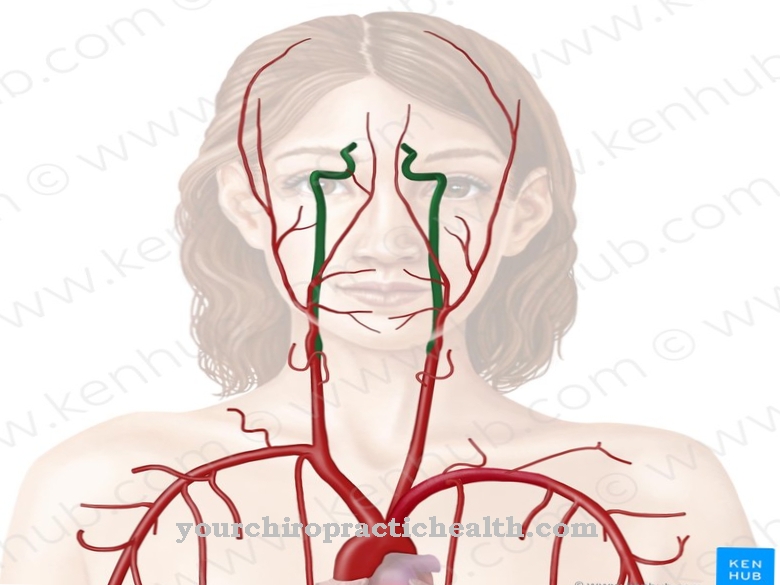
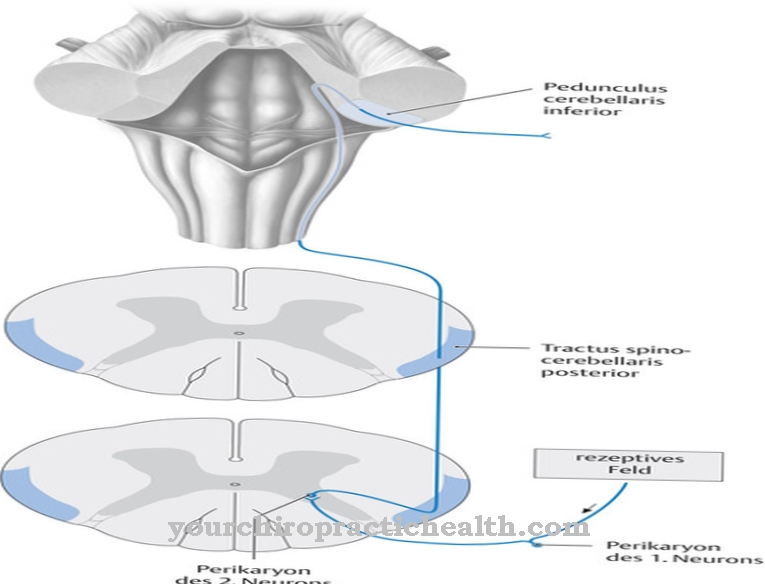
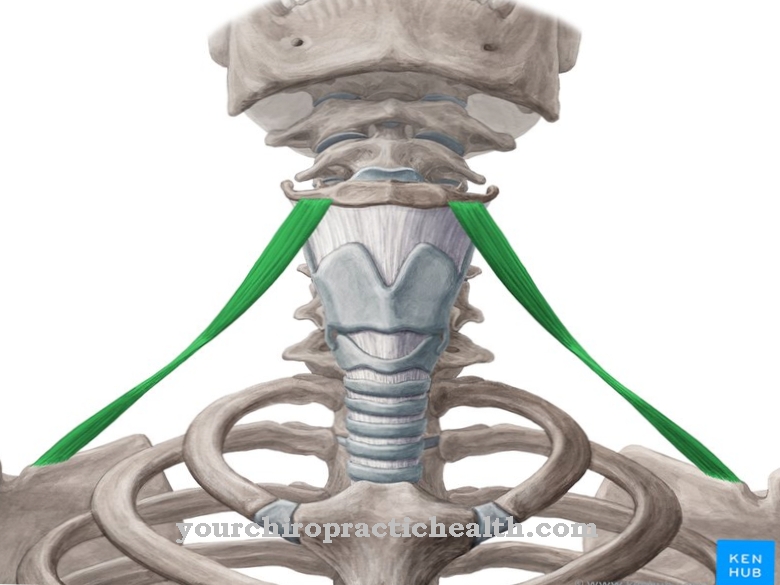


















.jpg)

.jpg)
